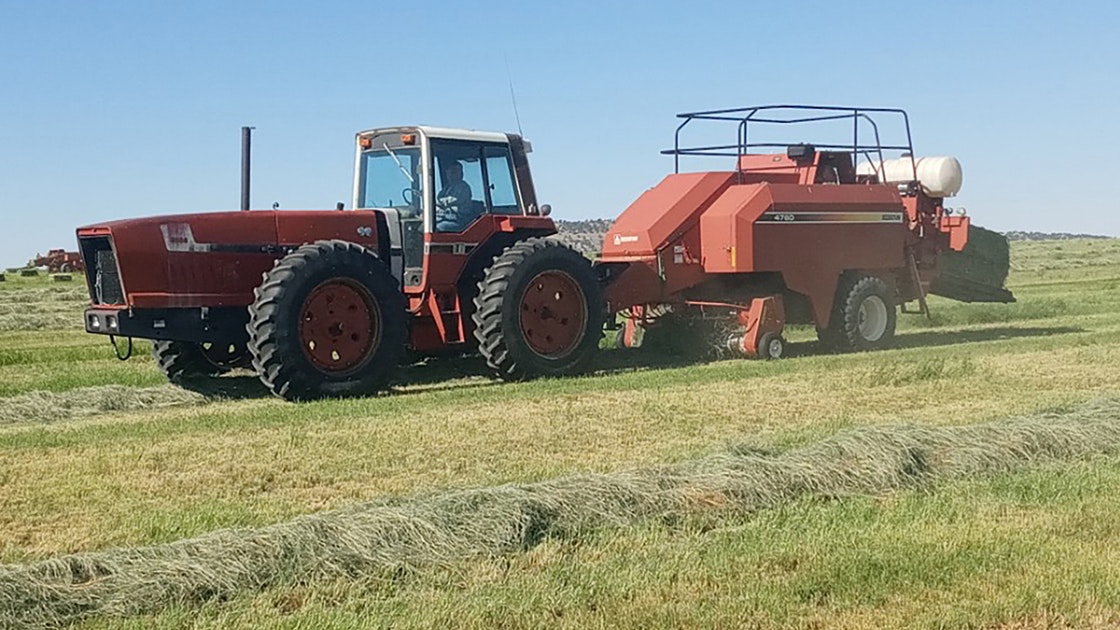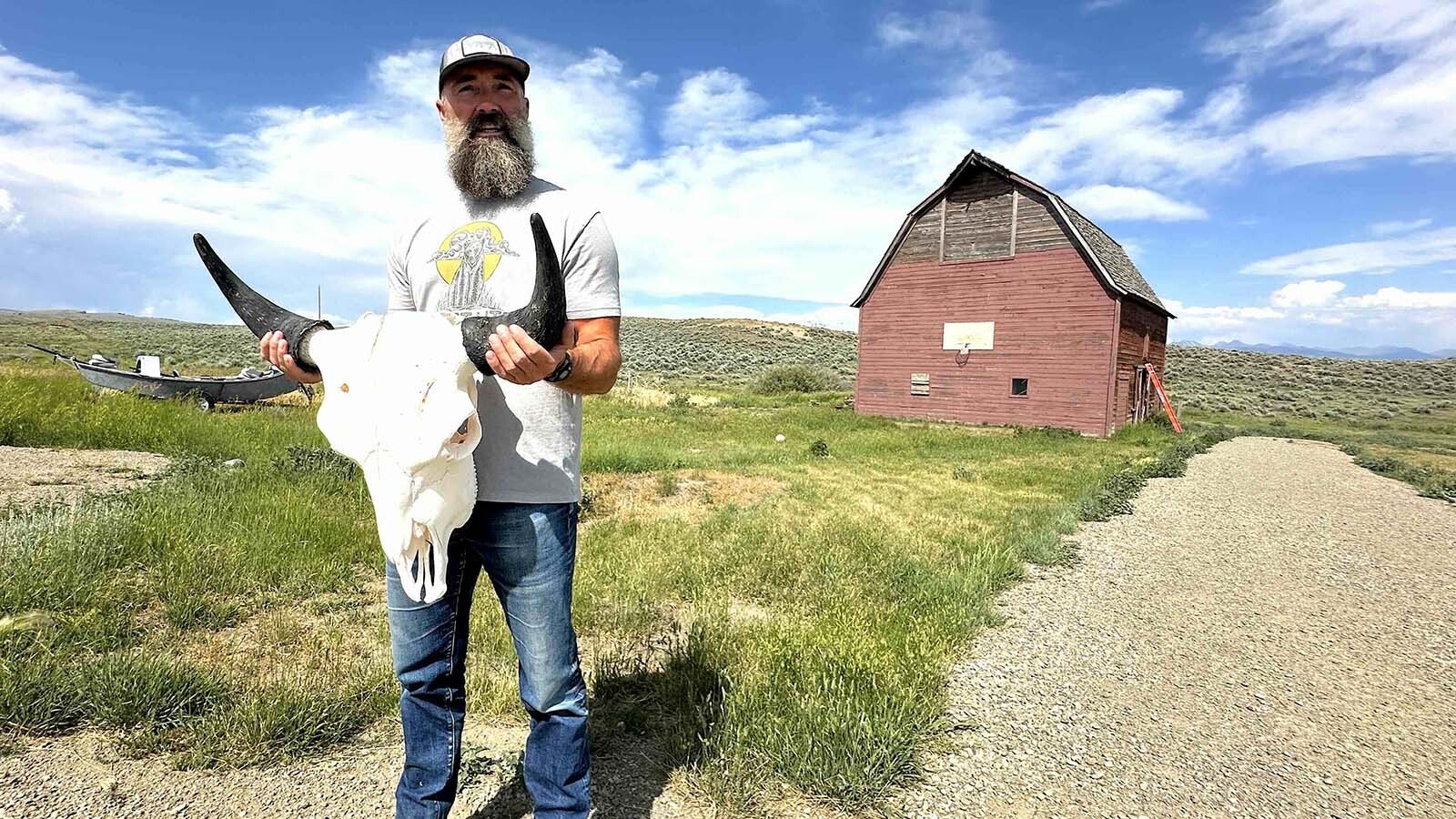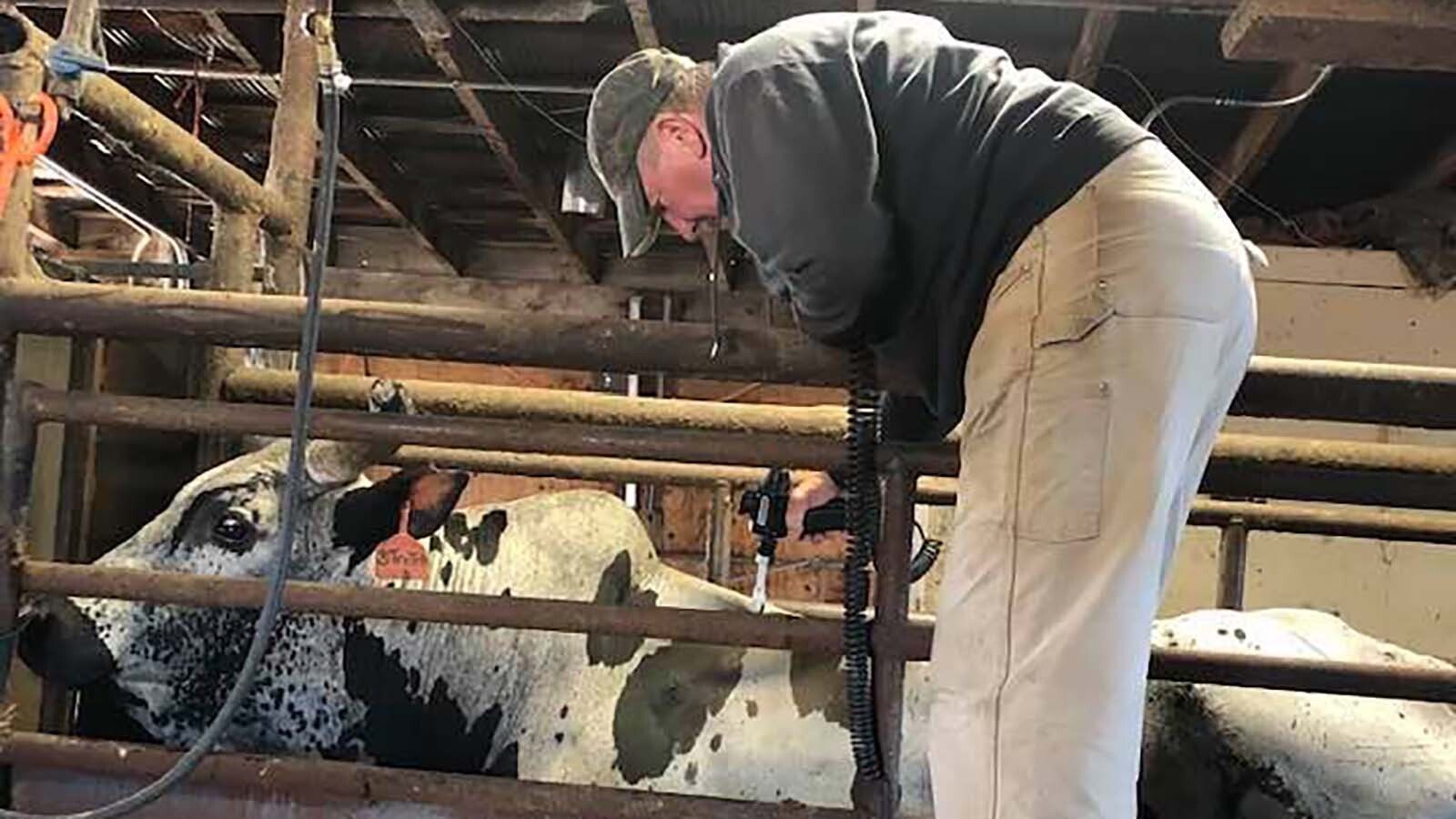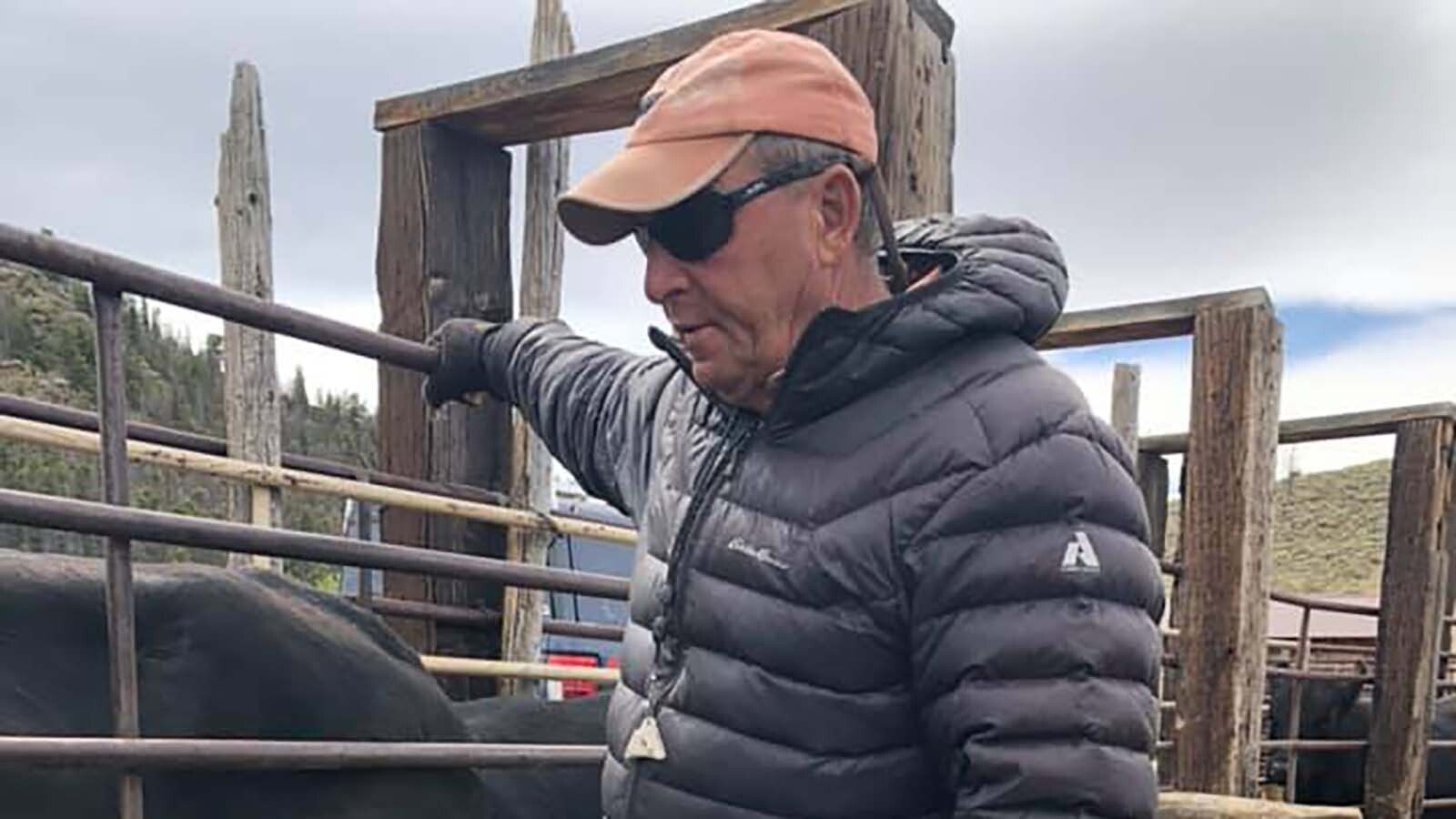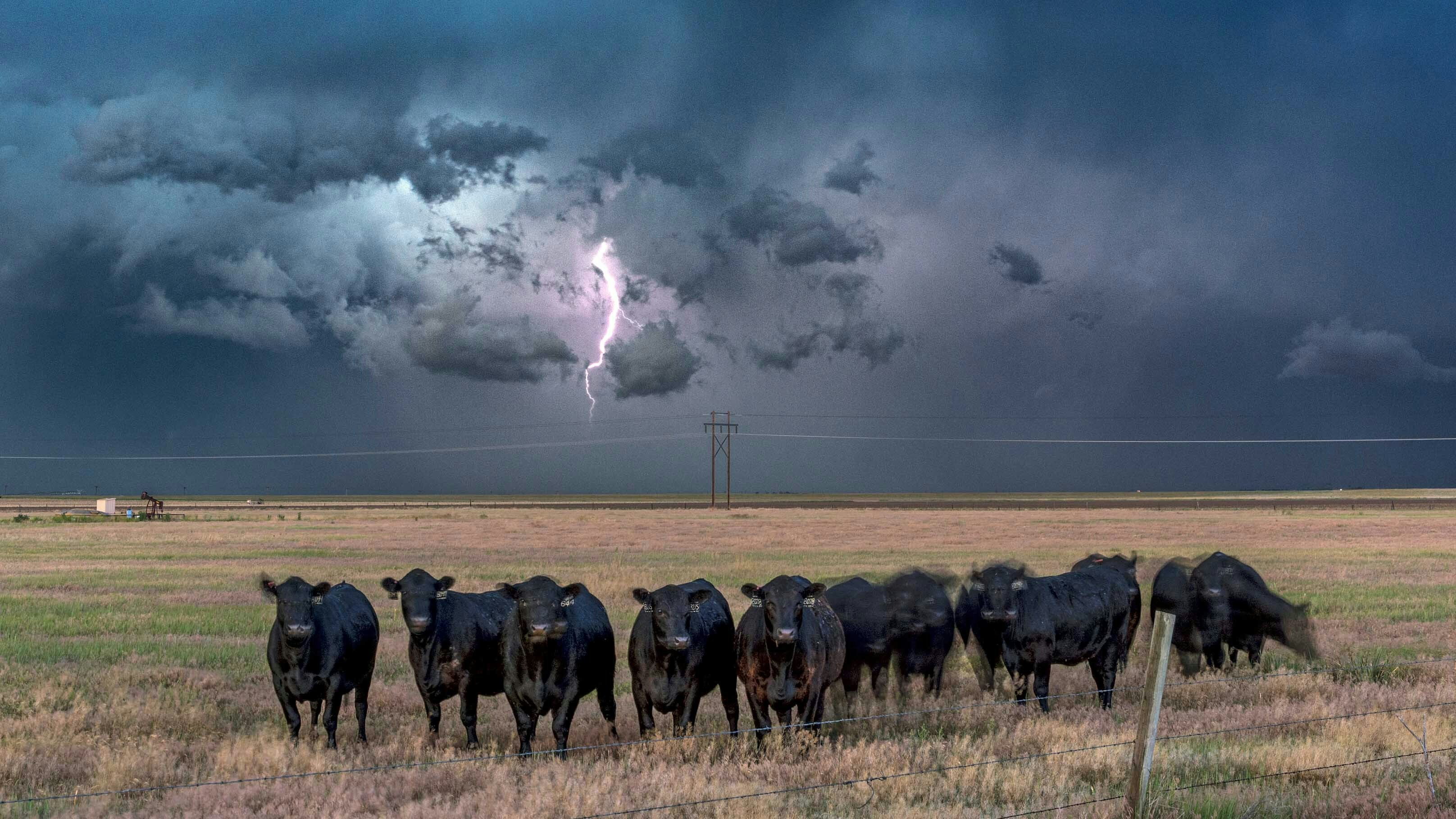Tractors have become so technologically advanced, it’s impossible for farmers and ranchers to fix them, say “right-to-repair” advocates.
Some farmers are lobbying their state legislatures for right-to-repair laws. Others are turning to the Eastern European gray market to snag their own repair software. That’s because manufacturers have a monopoly on repair software in the U.S., advocates argue.
One Casper-area farmer said he’s found a simpler solution: Use old tractors.
“I’m on my way out to the hay field for the harvest right now, and the tractor I’m driving is 44 years old,” Bill Kossert said during a telephone interview Friday. “It still runs great, and it’s got everything I need, including air conditioning in the cab.”
A Lost Art
It used to be practically a given that farmers were their own mechanics, Walter Schweitzer told Cowboy State Daily recently. He’s the president of the Montana Farmers Union and farms near Great Falls, Montana.
“Doing your own mechanical work used to be a skill, even an art,” he said. “To troubleshoot a problem with a piece of equipment, it was a matter of experience, or even a gut feeling.
“Now, you plug it into a computer or a mobile device and it will tell you what’s wrong.”
Held Hostage by Tech
The problem is, tractor manufacturers have a monopoly on their diagnostics software, he said. The software is usually available only to dealers’ repair shops, which aren’t allowed to share it with customers. So, even a minor problem can shut a tractor down and leave a farmer facing huge bills.
Instead of fixing it themselves, they have no choice to use dealer-authorized repair personnel, which not only can be costly but could take days or even weeks.
“When you’re in the middle of a harvest and your tractor stops working because of an electronic problem, you’re sitting there with a 500,000-pound paperweight, and there’s nothing you can do about it,” Schweitzer said.
That’s exactly what Schweitzer said happened to him couple of years ago during the middle of a hay harvest. His newer-model main tractor started randomly shutting down.
“I tried changing the fuel filters, I quit letting the fuel tank drop below half-full, but the tractor kept just shutting down,” he said.
Fortunately, he had an older tractor in reserve that he fired up to finish his harvest. The newer tractor had to be hauled into a dealership and run through a series of computer diagnostics. After more than $5,000 in bills, it turned out a faulty computerized fuel sensor had trigged the problem.
“If I had access to the software, I could have just hooked it up and fixed the problem on the fly,” he said.
Right-To-Repair
Montana farmers a few years ago tried to get a right-to-repair bill passed in that state. It was an effort to force equipment manufactures to make their software more readily available to farmers and sharable through dealers’ repair shops, Schweitzer said.
“The equipment dealers aren’t the problem here,” he said. “They’re my partners, we’re all out here just trying to make a living.”
The bill failed, and Schweitzer blames that on large equipment companies “parachuting in lobbyists” from out-of-state.
But all it will take would be one state passing a right-to-repair bill “and the dominos would fall,” he said.
“We had the same fight over the computerized tech in cars,” he said, adding that owners and independent mechanics eventually won.
There’s a growing nationwide movement for right-to-repair legislation, Willie Cade of Chicago recently told Cowboy State Daily. He’s a board member for the Repair Association, which works with farmers’ unions and others in several states to push right-to-repair legislation.
“Farmers have been repairing their own tractors for more than 100 years,” and should still be able to do so, he said.
‘Tractor Hacking’
In their frustration, some farmers have turned to an Eastern European gray market for repair software, Cade said.
The software is for sale on the open market there “because Eastern Europe is looser with regulations than Western Europe and the U.S.,” he said.
Some farmers have resorted to sketchy, online avenues to get their hands on the Eastern European software. That, in turn, has given rise to an underground “tractor hacking” movement in the U.S., Cade said.
Farmers will “hack” into their tractors with the clandestine software and sometimes share it among each other, he said. But it’s not usually talked about openly, because the legality of it is questionable.
“The software itself is legitimate,” he added. “It’s just that it’s not ‘supposed to be’ – air quotes there – used privately in the U.S.”
Schweitzer said he’s doesn’t know of any farmers in Montana or Wyoming who hack their tractors. In addition to being marginally legal at best, it also can cause more problems than it solves.
“The problem with anything you get off the underground market is it’s probably a little sketchy, so you can’t be sure you’re even getting what you need,” he said.
What’s Old Is New Again
Schweitzer and Cade said that like Kossert, more farmers are turning to older tractors, so the market for used agricultural equipment has been swelling.
A Wyoming equipment auctioneer said that jibes with what he’s seen lately.
“We have certainly experienced an uptick of sales in used equipment,” Michael McNamee of McNamee auctions in Torrington told Cowboy State Daily. “Some of this older equipment, the value of it has gone up 25-30%. There’s demand and a lack of availability.”
In-demand items now seem to be older tractors in the 100-125 hp range because those are working machines that can pull attachments.
“That’s where we’ve seen the greatest demand,” he said. “Those can run a baler, pull a piece of tillage equipment.”
Kossert said he has no plans to get rid of his reliable old tractors, and being able to do his own repairs is a huge part of that.
“If you buy something, you should be able to fix it yourself,” he said. “This stuff will last you a long time if you take care of it.”

